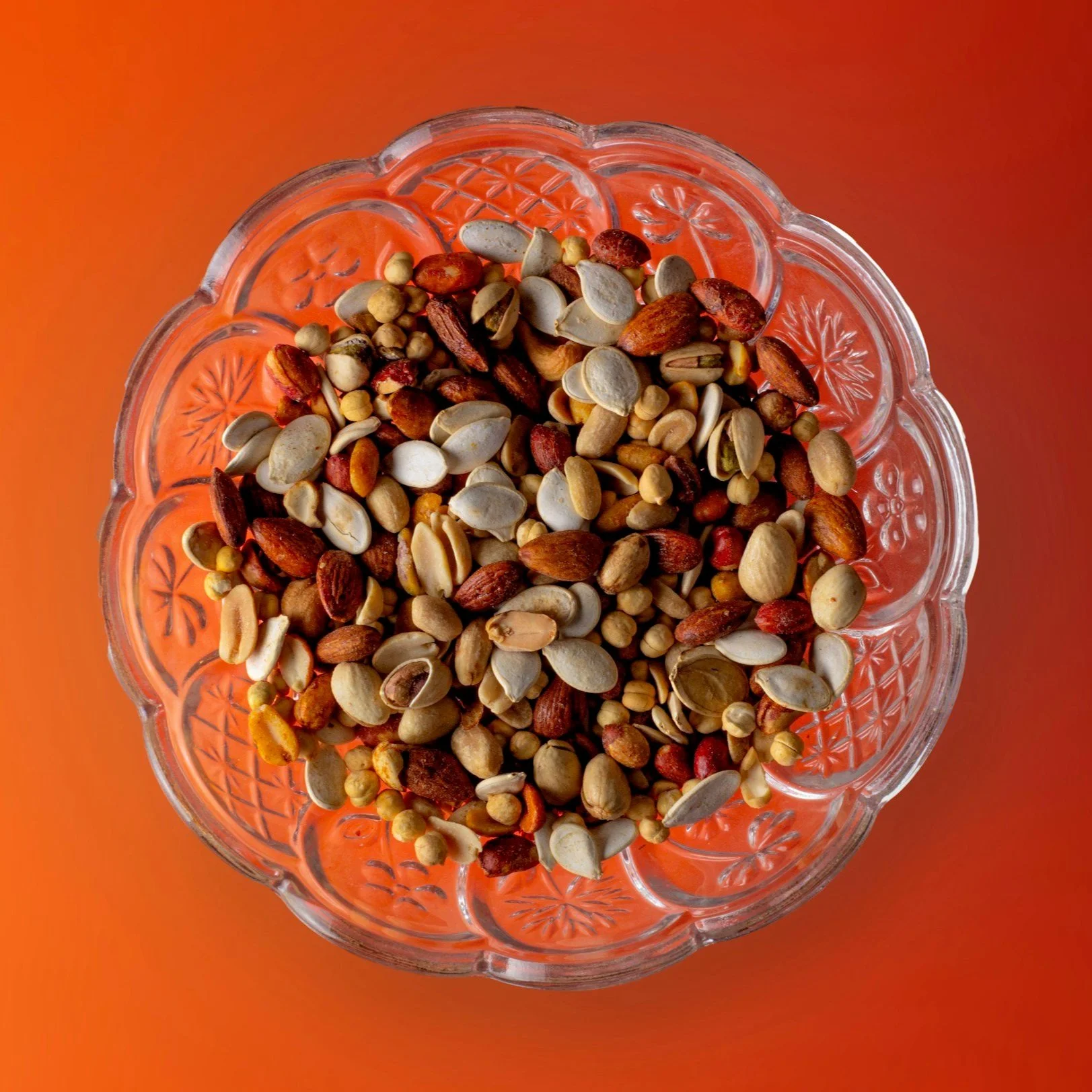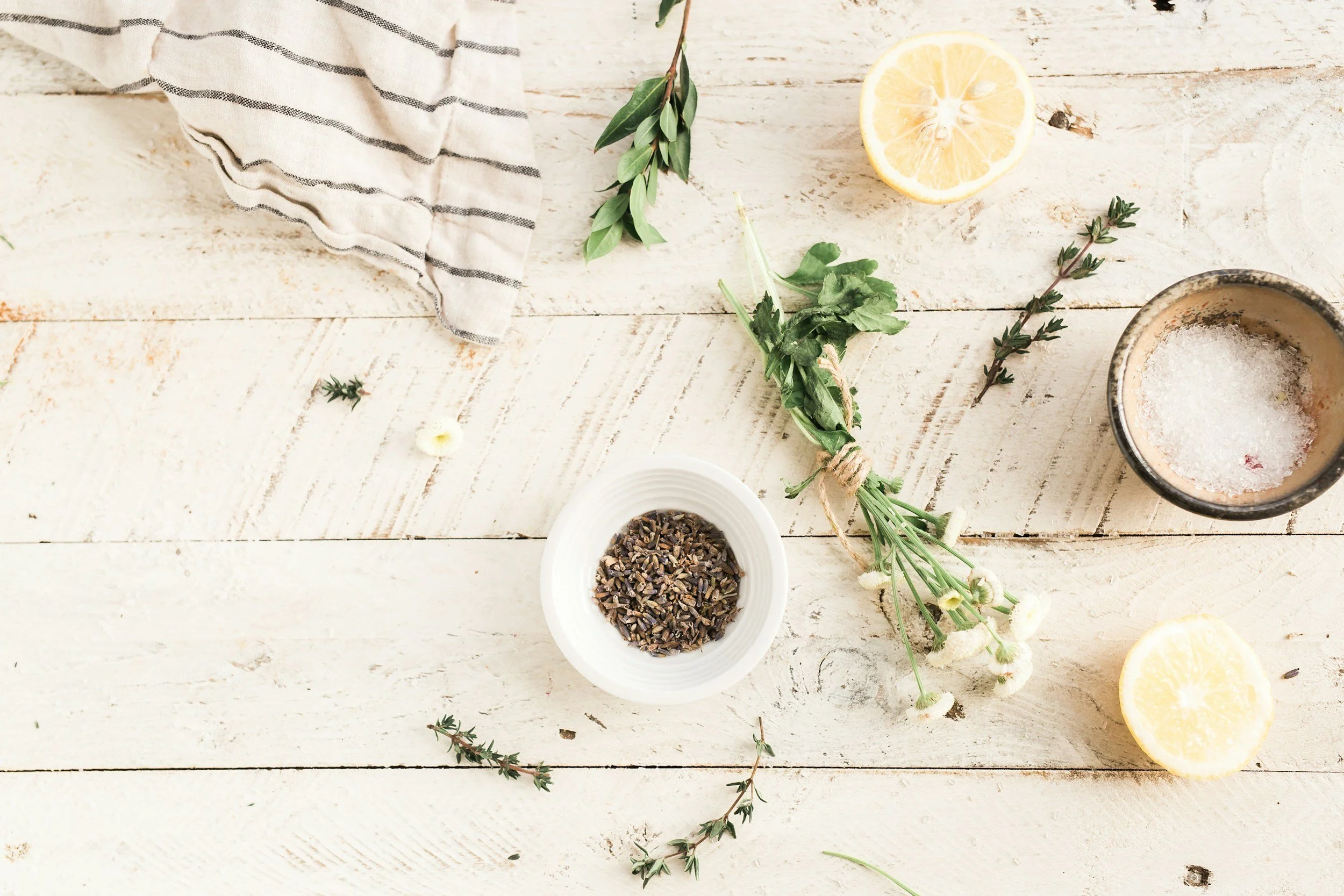Supporting Menstrual Cycles Naturally: An Introduction to Seed Cycling
Supporting Menstrual Cycles Naturally:
An Introduction to Seed Cycling
Period pains, and other menstrual cycle related issues are something that almost half of the population have experienced or will experience at some point. As a natural health practitioner I advocate for simple natural solutions that help us live happier and healthier lives. Whether you’re experiencing irregular periods, PMS, or just wanting to feel more balanced through your cycle, nature offers a number of, time-tested approaches to support a healthy balance. One practice that’s currently growing in popularity is Seed Cycling: a simple, food-based method which can help regulate and support hormonal rhythms, which although wont suit everyone, may suit you.
This subject is one that too often gets brushed under the carpet, and so I’d like to highlight from the outset: if you’re struggling with intense symptoms around your menstrual cycle, then it is really important to seek medical advice.
Phases of the menstrual cycle
To put Seed Cycling into practice, you will need to understand the two main phases of your menstrual cycle: The first phase is the Follicular Phase, which starts on the first day of menstruation and ends when ovulation occurs, which would generally be around day 14 of a 28-day cycle. The second phase is the Luteal Phase, which generally is 14 days but may vary in length and is commonly between 11 and 17 days. There are a few ways you can tell when you are ovulating, and I shall mention just one here, which is to measure your body temperature first thing every morning. When you are ovulating, you will notice a slight raise in body temperature for a couple of days.
What is Seed Cycling?
Seed cycling is a gentle, natural approach that involves eating specific seeds during the two main phases of your menstrual cycle to help balance oestrogen and progesterone levels.
Days 1–14 (the follicular phase): Start with 1 tablespoon each of ground flaxseeds and pumpkin seeds daily. These seeds are rich in lignans and zinc, which can support oestrogen production and metabolism.
Days 15–28 (the luteal phase): Switch to 1 tablespoon each of ground sunflower seeds and sesame seeds daily. These contain selenium and vitamin E, which are thought to help support progesterone levels and reduce inflammation.
These seeds are best freshly ground and sprinkled into food, as part of a meal, such as porridge, smoothies, yoghurt or even baked into healthy treats.
Other Natural Ways to Support Your Cycle
Seed cycling can be a lovely foundation, but there are plenty of other natural approaches that can complement it:
Stay Hydrated – so simple, but being dehydrated will intensify almost all menstrual cycle related symptoms.
Herbal Allies – Plants such as agnus castus (vitex or chasteberry), red clover, dong quai, and lady’s mantle have traditionally been used to support hormonal balance. Cramp bark and Meadowsweet are great for tackling cramps. All of these are available at The Apothecary Shop as either dried herbs or tinctures.
Magnesium & B Vitamins – These are essential for mood regulation, reducing cramps and energy support. Leafy greens, nuts, whole grains and pulses are great sources.
Castor Oil Packs – A soothing ritual for painful or heavy periods, castor oil packs placed over the lower abdomen (but not during menstruation) may help promote circulation and detoxification.
Cycle Tracking – Get to know your body! Use a journal or app to track physical and emotional shifts through your cycle. Understanding your natural rhythms is empowering and can help guide lifestyle choices.
Connecting with your cycle is a beautiful act of self-care. Seed cycling is a simple, affordable and earth-friendly way to support your body month to month, and can easily become part of your daily routine. As with many natural approaches, it’s not about quick fixes, but about nurturing yourself over time.




